You might have heard the news about the recent development of paragliding race harness protectors. Thanks to some amazing advancements, manufacturers will soon be able to make protectors just 5 cm thick, while still passing the same safety tests that the 17 cm foam protectors once did.
I am Zsolt Ero, and I volunteer as a pilot on CIVL's paragliding harness working group. I've heard the previous statement many times, and my common sense just couldn't accept it. Almost all of us have heard of serious injuries with these new harnesses, and I mean, stopping a paragliding fall on just 5 cm seems impossible. How can it be true?
In this article, I'll look into what's going on with the next generation of protector designs.
The Drop Test
Today's drop test for the protectors is from a height of 1.65 meters, which results in a speed of 5.68 m/s. I found two interesting facts about this:
1.65 meters is surprisingly low; it's like when you jump over a fence.
5.68 m/s is the speed of a premium rescue that is perfectly open, without any pendulum movement or negative effects from the paraglider, at sea level. The typical vertical speed recorded for rescue deployments in the Alps is much higher than this.
Anyway, this test was good enough for safe harnesses in the past, so let's stick with it. For simplicity, I'll round up to 6 m/s and do some calculations based on that.
For the following parts, I'll be using the classic equations of motion from physics:
Where:
Minimum Thickness with Constant Acceleration
Let's start with constant acceleration. The maximum allowed value is 40g, so let's see how much time and distance are required to stop an object falling at 6 m/s.
Great, we can stop an object in 4.6 cm and 15.3 ms! Cool, so what's the problem then?
Well, for a start, there is a proposed "Maximum 35g for a period of 7 milliseconds," so we can't have 40g for 15 ms. Let's recalculate it with a max of 34.9g.
OK, so with a constant 34.9g acceleration, we can stop in 5.3 cm and 17.5 ms. What's the problem then?
Let's have a look at how this constant acceleration looks.
What's the issue with this? The problem is the change in acceleration, from 0 to almost 35g in zero time.
To understand why this is a problem, we need to introduce a new concept called "jerk"
Jerk
In physics, the definition of jerk is very simple: it's the change in acceleration over time. It's very similar to acceleration, which is defined as the change in speed over time. In everyday language, jerk is best described as a quick shock or violent shaking. It's basically the opposite of smooth acceleration.
There are two very important things to know about jerk:
A NASA study found that the human body is actually more sensitive to high jerk than to high acceleration.
In our example above, the circled red part has infinite jerk!
The NASA Study
During the 1950s and 60s, NASA conducted a lot of research on rocket launches and pyrotechnic ejector seats. Mind you, this was at the time of the first moon landing, and back then NASA had basically an unlimited budget. They were interested in the survivability of ejector seats. This wasn’t just a theoretical study by engineers—some test subjects even suffered spinal fractures.
I looked into papers on the effect of jerk on the human body and found the best information in two reports from NASA:
They were researching multiple directions, but the one most relevant to us is the "headwards" or "eyeballs down" direction. It happens to be the same direction as with ejector seats and is thoroughly researched.
The 1959 study concluded:
1300 G/sec for a max of 15 G for human subjects
1000 G/sec for a max of 50 G for chimpanzees
The 1970 study concluded:
"The vertebral column is very susceptible to injury in the longitudinal direction.”
“Maximum tolerance limits for upward ejection have been estimated at 33 G's with a rate of onset of 500 G/sec, provided an ideal position is assumed.”
“... suggests tolerance at 300 G/sec with a peak acceleration of 25 G's.”
In summary, the NASA study gives us some very specific numbers for human limits in terms of jerk during abrupt accelerations.
Analyzing Jerk in Harnesses
Now that we have some reference values from NASA about tolerance limits, how do we test harnesses for jerk? It must require expensive new equipment and new tests, right?
Luckily, we don’t need to invest in anything new. The jerk can be measured using the existing equipment. Moreover, we can even calculate it just by analyzing the existing test reports.
This is exactly what I did. I went ahead and made some measurements based on the reports. Let’s start with a classic harness, the Kortel Kanibal 2, with a 17 cm foam protector.
Here is the graph of acceleration over time, which you can see in the test report:
Using an online tool called WebPlotDigitizer, we can place two points on the steepest part of this graph, like this:
After a quick calculation, we can determine the average jerk value between those two points. The Kanibal has a jerk value of 1216 G/sec.
Now, how does it look for a new-generation protector, like the one in the Submarine? Do you see that steep part below? When measured, the Submarine has a jerk of 8000 G/sec!
Because the scale of the reports changed over the years, I created a Photoshop with both reports aligned:
Now you can clearly see that the Submarine starts with a vertical jump! To make things worse, the steep part is exactly at the start of the compression, which means that on bottom landings with a Submarine, you get no dampening at all (a fact many pilots would confirm).
Compare this with a foam protector: they start super smooth and then turn into the 1200 G/sec steepness which is still 6x less compared to the Submarine.
Harness comparison
I ran the same tests for a couple more harnesses. Here are their jerk values:
Inflatable
Skywalk Range X-Alps 3: 1186 G/sec
Classic Foam
Kortel Kanibal 2: 1216 G/sec
Ozone Exoceat: 1245 G/sec
Nearbirds ATACMS: 1150 - 1730 G/sec (new generation harness but uses foam protector)
New Generation protectors
Gin Genie Race 5: 5369 G/sec
Niviuk Drifter 2: 7511 G/sec
Ozone Submarine: 8033 G/sec
What we can see is that new-generation protectors have extremely high jerk values, many times higher than the NASA limits! Remember, NASA concluded that the human limit is 1300 G/sec for 15 G, and 500 G/sec for 33 G.
We can see that the inflatable and classic protectors all fall within the range of 1300 G/sec, whereas the new-generation protectors are multiple times above it!
Now we have scientific evidence (the NASA limit), empirical evidence (serious injuries), and matching measurement values (the new-gen harnesses are indeed multiple times over the NASA limit).
// comment: The Skywalk Range X-Alps 3 tested above is a 2 kg Hike and Fly harness. It's unbelievable that a lightweight Hike and Fly harness has way better protection than comp harnesses. It's totally the opposite of how it used to be!
An Ideal Protector
How would an ideal protector look? To create a theoretical protector that takes up the least amount of space, we need a "constant jerk" phase followed by a "constant acceleration" phase. You can see a similar graph in NASA studies as well.
Let’s be very generous and make a limit of 1300 G/sec regardless of peak G, even though NASA recommended 500 G/sec over 15 G.
How would the acceleration of such a protector look with a max jerk of 1300 G/sec? Something like this:
Peak acceleration is 36 G.
Time above 35 G is 7 ms.
The minimum theoretical thickness of such a protector would be 6.22 cm.
Now, to achieve 6.22 cm of compressibility, the uncompressed material would need to be say 20% thicker, making it 7.5 cm. However, creating such a perfect behaviour like the one above is almost impossible in the real world.
Summary
When it comes to high-G situations, limiting jerk is the most important factor for human survivability, as found by the NASA study.
The classic foam protectors were great at limiting jerk; their peak value happened to match the NASA study's limit of 1300 G/sec.
The current competition protectors exceed the NASA limits by multiple times, in many cases showing values above 8000 G/sec!
We are measuring the wrong things in the tests, and the harnesses are being developed to pass these incorrect tests.
Adding jerk measurement doesn't require financial investment or new equipment; the value can be calculated from the existing tests.
Making a safe harness in 5 cm is physically impossible, no matter what materials we use. It's literally against the laws of physics.
The protector thickness does not depend on the pilot's weight. This means that we can scale down all the dimensions for S size harnesses, except the protector's thickness, which has to stay constant.
Recommendation for the harness groups
- Require a minimum protector thickness of 10 cm for all pilot sizes.
- Implement jerk testing in future standards, with the NASA limit of 1300 G/sec.
- Remove the "Maximum 20g for a period of 25 milliseconds" requirement from the standards (as well as any other duration limits under 35 g). It's counterproductive to the goal of lowering jerk, as it makes the acceleration curve steeper. What we want is less steep curves, smoother acceleration.
- The NASA study found the region around the T12 vertebrae is where most compression fractures happen. One paraglider physio doctor have confirmed this as well, stating the T12-L1-L2 area as the most critical one.
- I believe it’s important to make sure the protector covers this area well, up till the T8 vertebrae (about the bottom of shoulder blades). Not because of the NASA study, but because paraglider accidents are not perfectly vertical, but have a horizontal component, hence the importance to protect this area really well.
Recommendation for the competition scene
It is clear that a harness with a 5 cm protector will be more aerodynamic compared to one with a 10 cm protector.
While individually a top competition pilot cannot afford to choose a harness with worse aerodynamic performance compared to the rest of the scene, collectively, as a group, we can ask for safer harness standards.
At the end of the day, if every pilot flies with a 10 cm protector, no one has a competitive disadvantage compared to each other.
Updates
28 Oct 2024 - Clarified the part about vertical drop test and T12-L1-L2 vertebrae.
27 Oct 2024 - Added a comment about the Hike and Fly harnesses




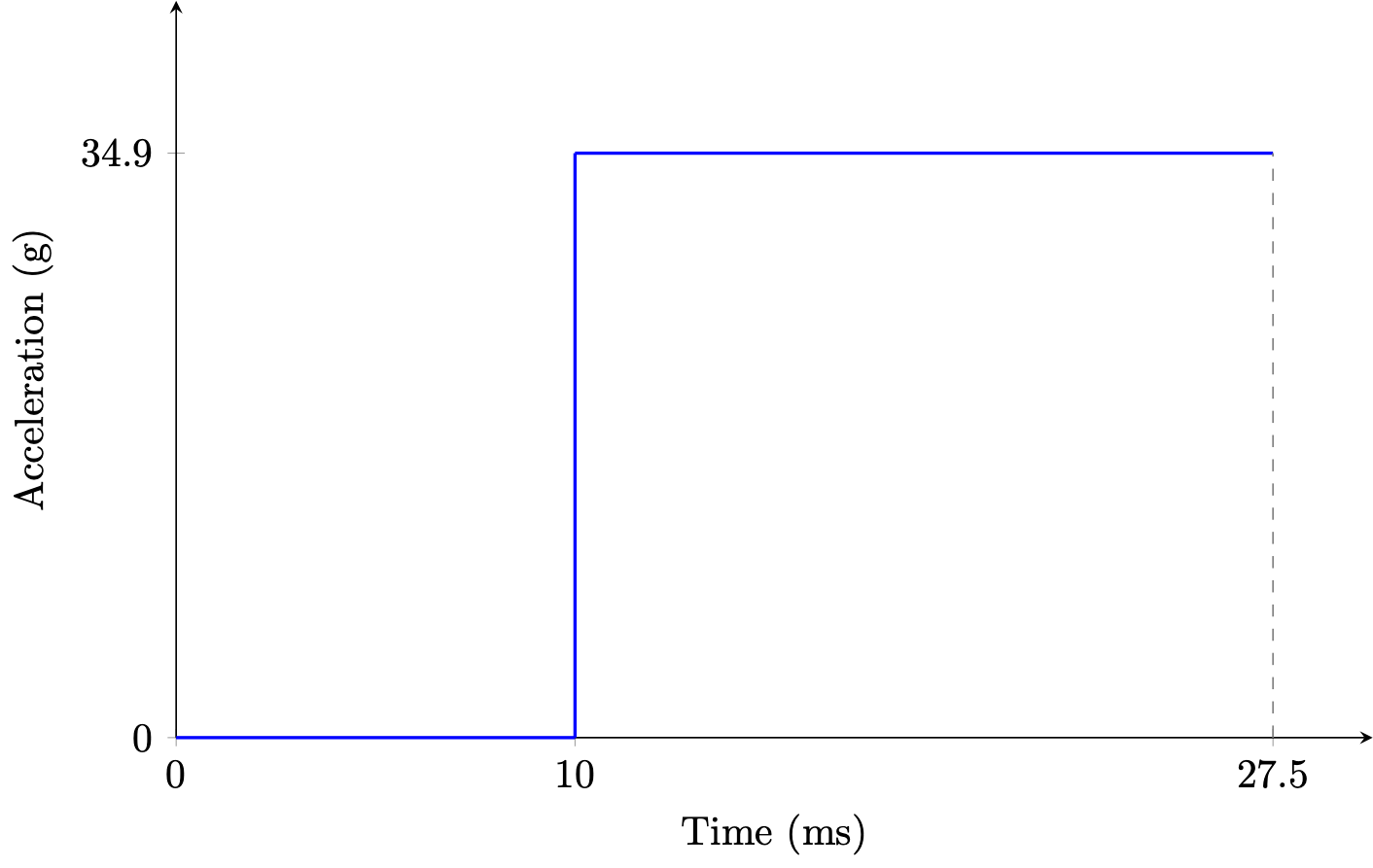
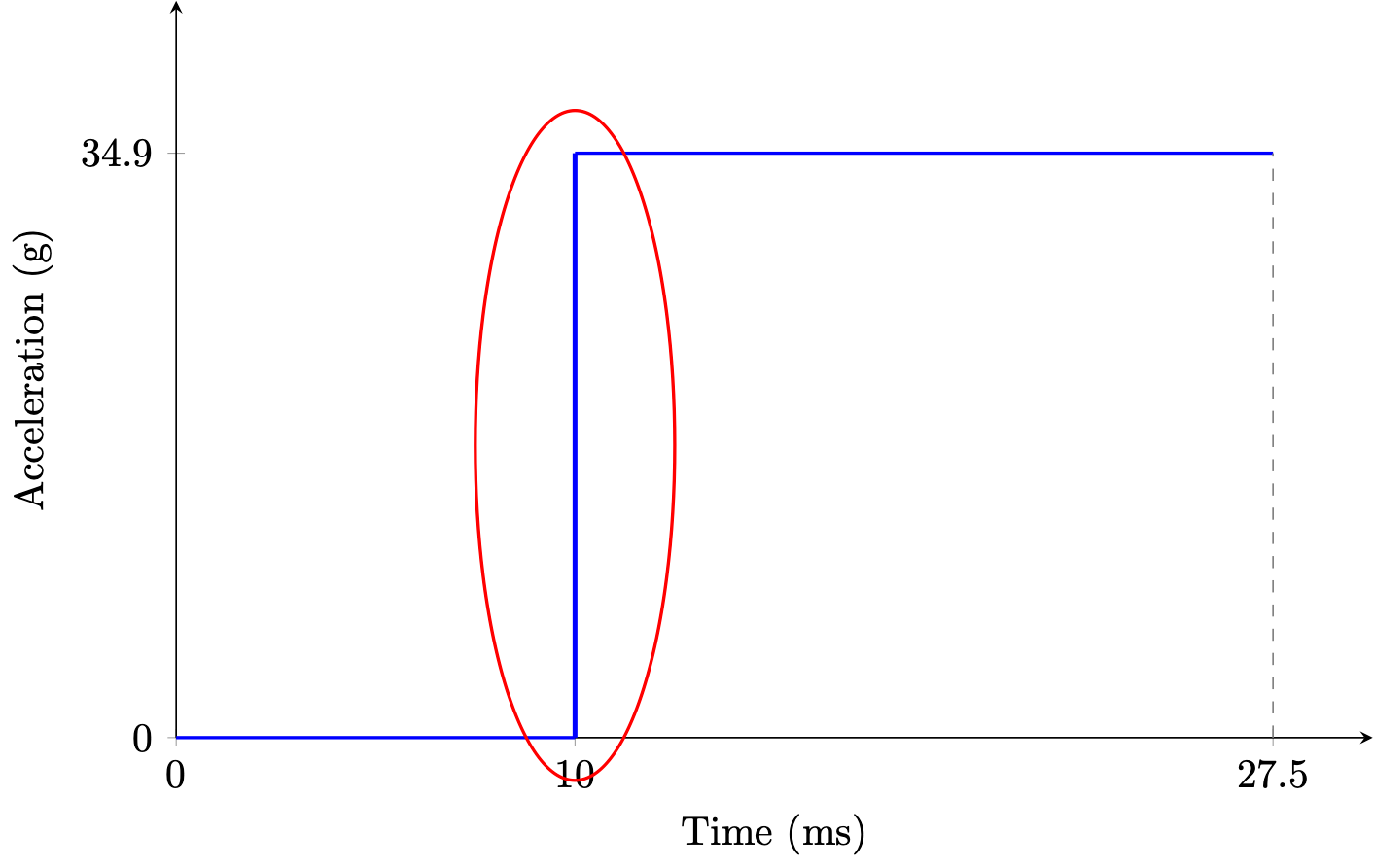
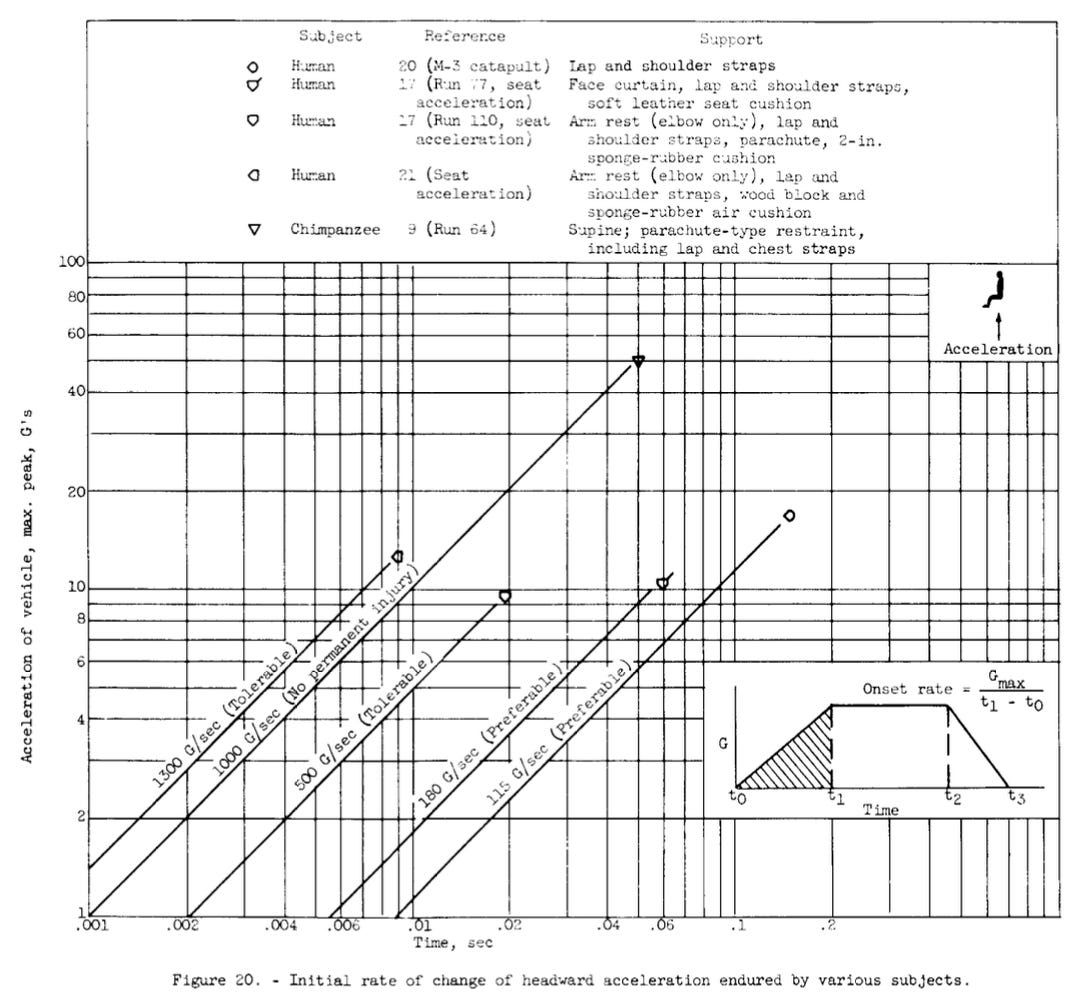
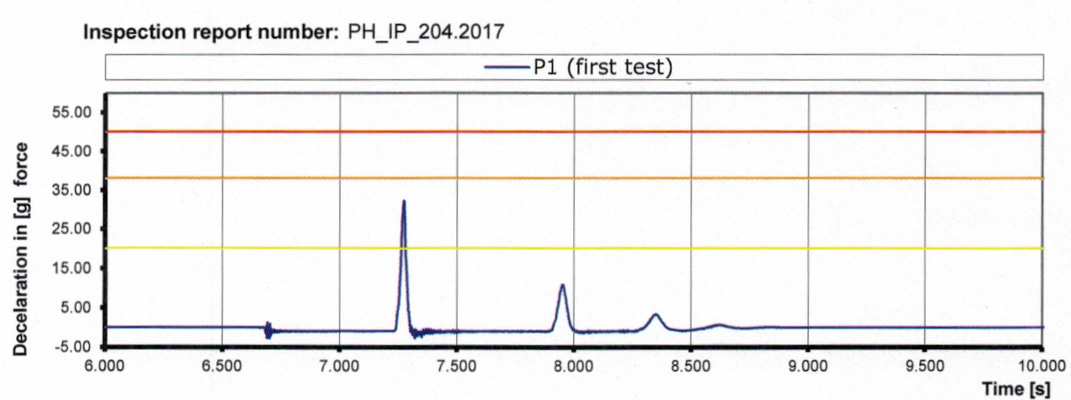
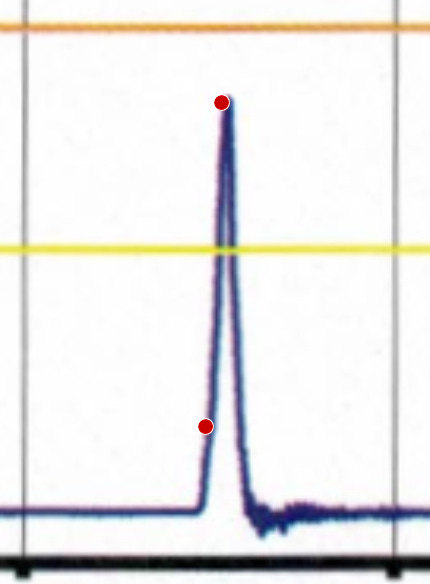
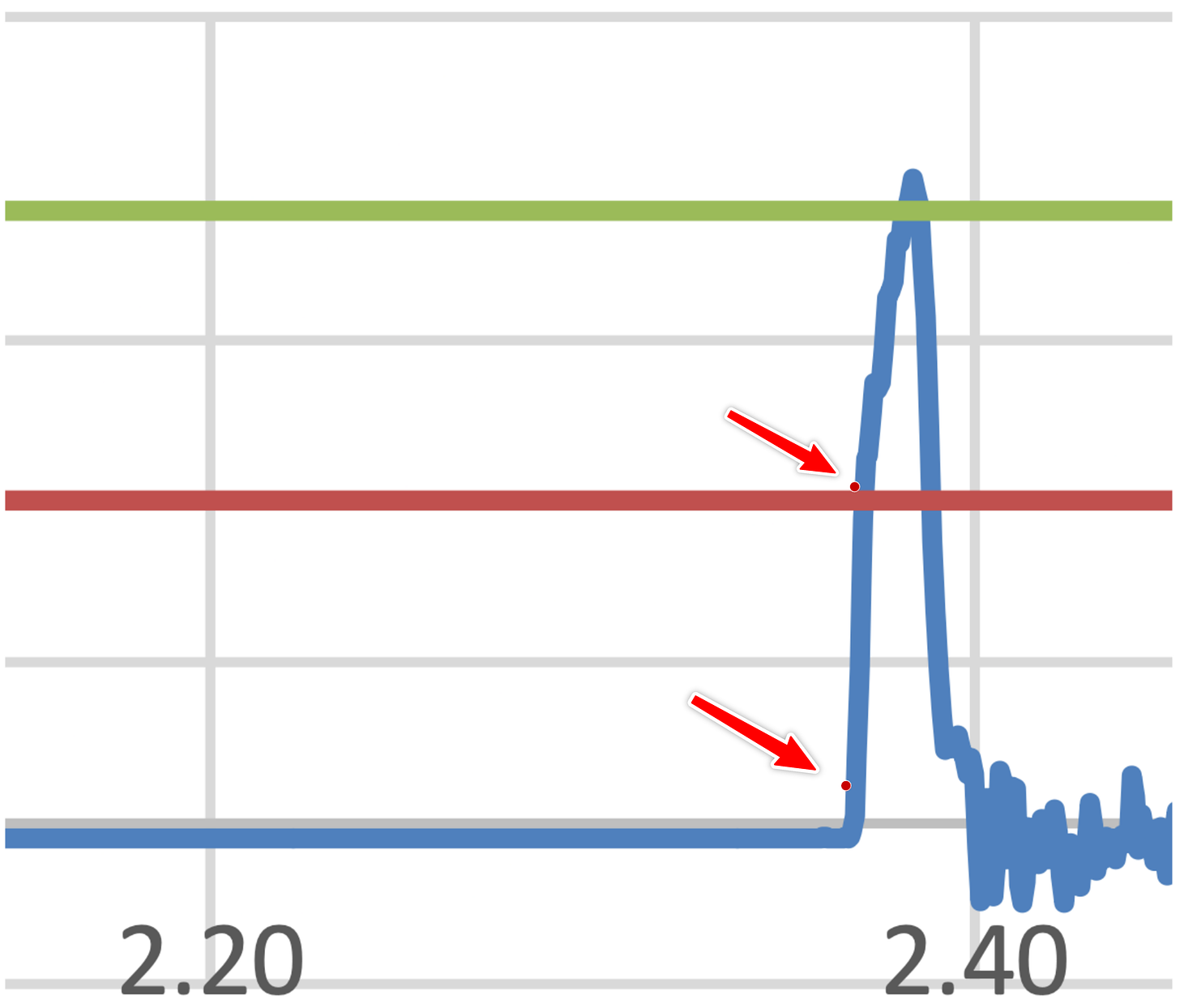
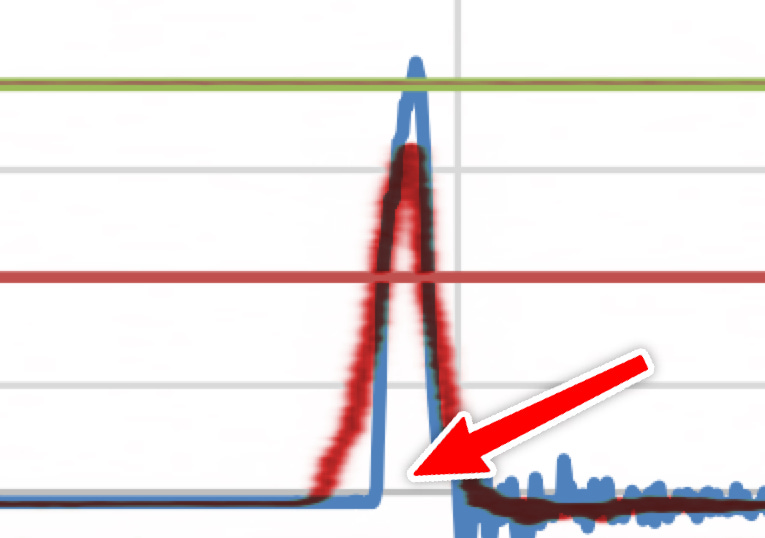
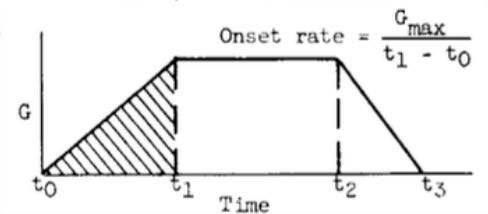
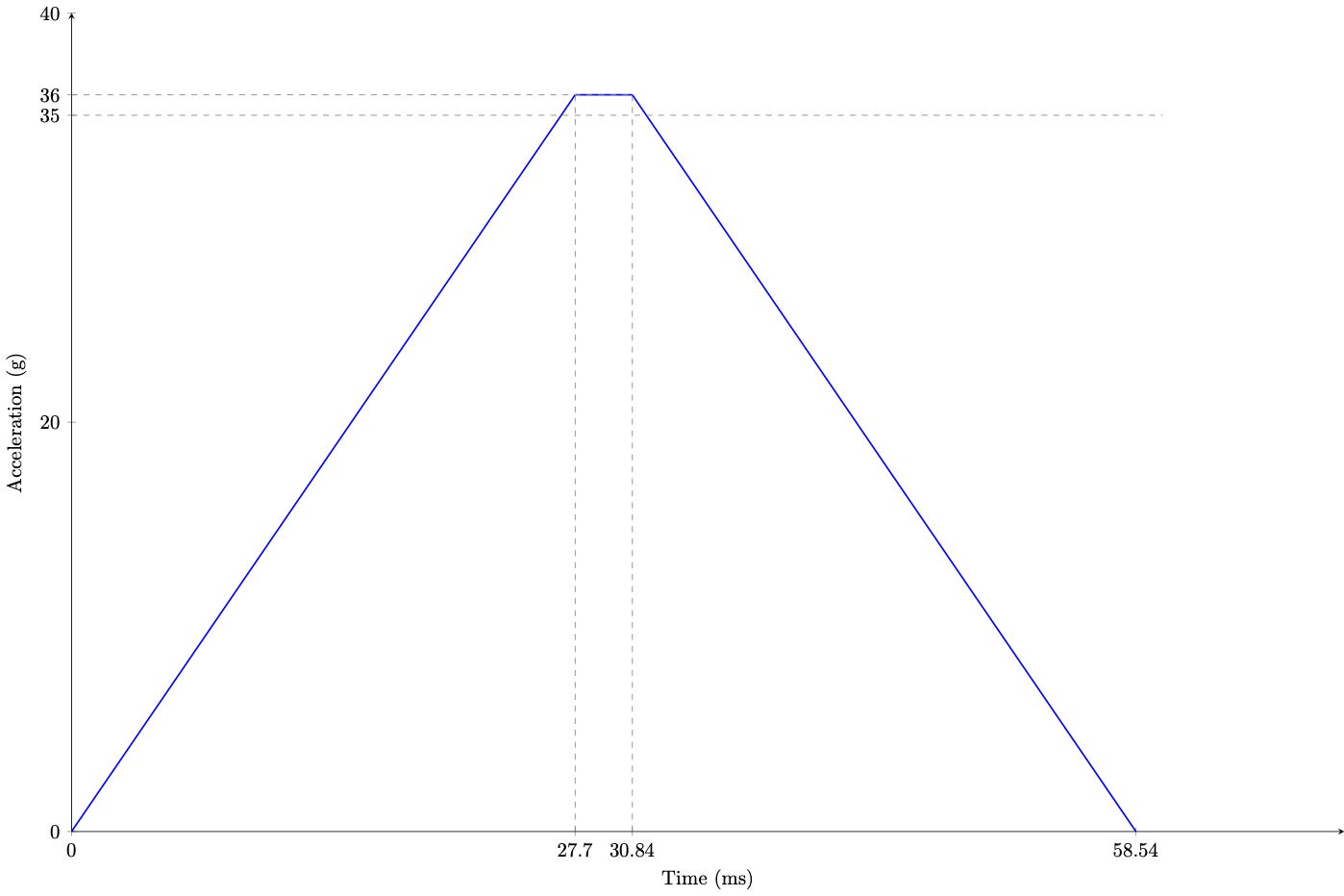
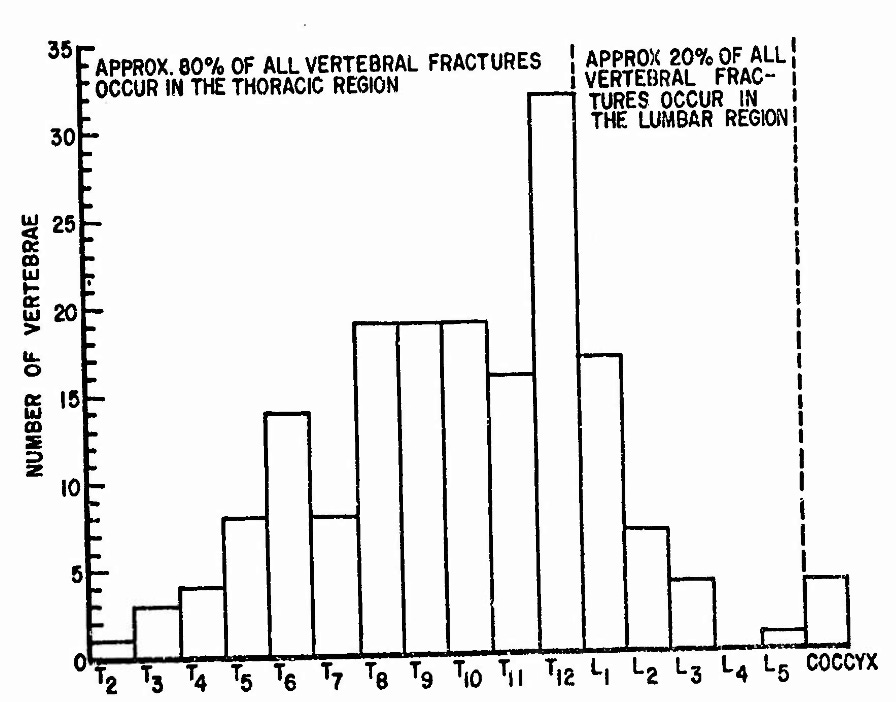
Really interesting thanks for your work! Out of interest have you done any simulations on inflatable protection and what jerk they provide? thanks!
Thank you for taking the time to write this study.It is very enlightening and just confirms what is basically sound common sense.It would be better for manufacturers to take note of your study and at the very least put some further research and development into construction of suitable protection for Pilots.